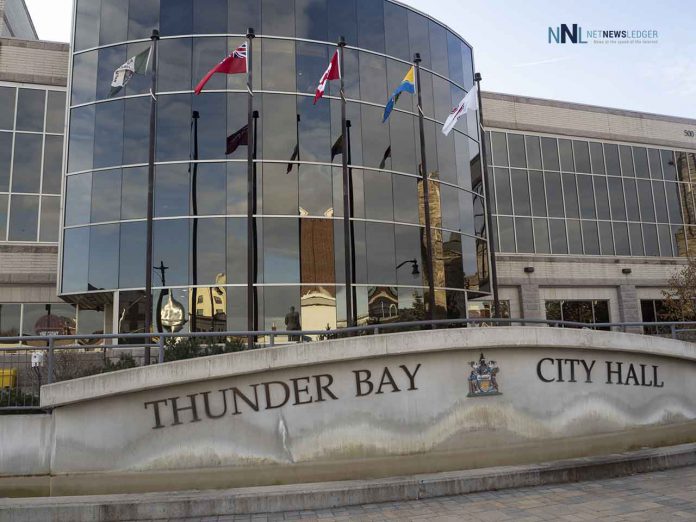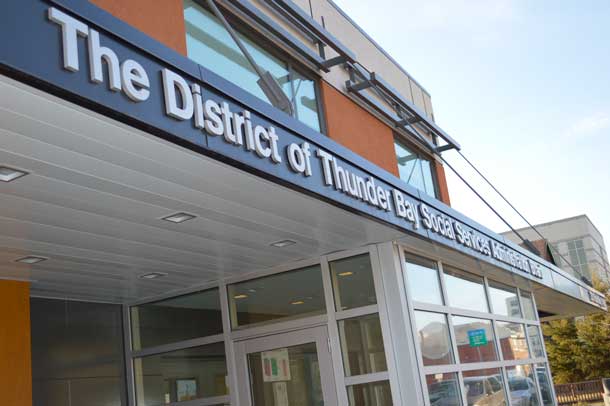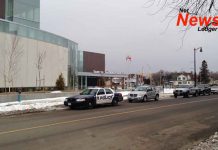Thunder Bay – Data released from a survey focused on Indigenous adults’ and children’s experiences with the health care system in Thunder Bay show communities deeply rooted in their cultural traditions and identities, while facing several systemic barriers that adversely impact their health and wellbeing.
The survey found that the size of the Indigenous population in the Thunder Bay CMA is far larger than the previous figures released by Census Canada. The survey results summarized in a set fact sheets, calculated the size of the FNIM adult population of Thunder Bay to be 29,778 (estimated range is 23,080-42,641).
These survey number are more than three times higher than the FNIM population size estimate of 9,780 reported by the 2016 census, which most FNIM in Thunder Bay reported they did not complete. Also highlighted are the strong ties that FNIM peoples in Thunder Bay have to their histories, traditions, and cultural identities.
This puts the figures at levels some have felt were more realistic, but the numbers not being reflected in official census figures mean that Thunder Bay is not going to get the federal, or provincial funding that these numbers suggest are the more accurate numbers in our population.
Among the findings:
- The Indigenous adult population in Thunder Bay is 23,080-42,641, or more than three times higher than 2016 census reports.
- Forty-one per cent of adults reported speaking their Indigenous language, and 91 per cent considered it important to speak or learn.
- Forty per cent of adults used traditional medicines to maintain health and wellbeing.
- One of every two adults surveyed had participated in a traditional ceremony.
The survey also captured FNIM communities’ challenges with access to health care and institutionalized racism.
- Fifty per cent of adults surveyed in Thunder Bay have a primary care practitioner, compared to 90 per cent of adults in Ontario.
- Almost half of the adults surveyed reported accessing emergency care in the past 12 months, compared to only 19 per cent of Ontarians.
- Over two-thirds of participants reported experiencing racism.
- One in three adults reported that they were treated unfairly by health care professionals because of their Indigenous identity.
Our Health Counts: Thunder Bay survey was co-led by Well Living House, an Indigenous health research unit at St. Michael’s Hospital, and Anishnawbe Mushkiki Aboriginal Health Access Centre. Funding was provided by the Ministry of Health and Long Term Care (MOHLTC) Capacity Award.
“Our Health Counts Thunder Bay builds on Indigenous community social networks and rigorous scientific methods to fill the gap in population-based evidence regarding the true size, resiliences, and unmet health needs of First Nations, Inuit, and Métis people in Thunder Bay,” said Dr. Janet Smylie, Director of Well Living House at St. Michael’s Hospital and principal investigator of Our Health Counts.
“Using a ‘by Indigenous community for Indigenous community’ population health assessment approach is much more effective than traditional methods. Our family and community ties are still very strong. The big challenges are actually differential access to health services and racism,” said Dr. Smylie, who is also a Tier 1 Canada Research Chair and Professor in the Dalla Lana School of Public Health, University of Toronto.
Our Health Counts: Thunder Bay is an inclusive community-based health survey for Thunder Bay Indigenous peoples and is part of the largest Indigenous population health study in Canada. Participants were selected using respondent-driven sampling, a statistical method that uses social networks to recruit Indigenous people living in the city.
“With Thunder Bay being the hub for healthcare in Northern Ontario, this study reinforces the need for centralized, comprehensive Indigenous-led healthcare in the city,” said Micheal Hardy, Executive Director of Anishnawbe Mushkiki Aboriginal Health Access Centre.
“Specifically, the results of the Our Health Counts Thunder Bay study highlight the gap in access to culturally safe care for Indigenous peoples within public health, primary health, mental health, acute and long-term care. These results clarify the overall healthcare priorities of Indigenous people and specifically the need for Aboriginal Health Access Centres (AHAC) and centres of excellence in diabetes and mental health.
“The Our Health Counts study demonstrates what we have long suspected: the unique and diverse healthcare needs of the Indigenous population in Thunder Bay are not being sufficiently addressed by the current healthcare system. This is a time for leadership and decision makers to be proactive in providing for the unmet healthcare needs of Indigenous people in Thunder Bay.”
Our Health Counts has previously studied Indigenous populations in Hamilton, London, Ottawa and Toronto. The project aims to address the health information gap for Indigenous peoples in Canada and ensure that urban Indigenous communities have ownership, access, control, and data possession that impact their health and wellbeing.







